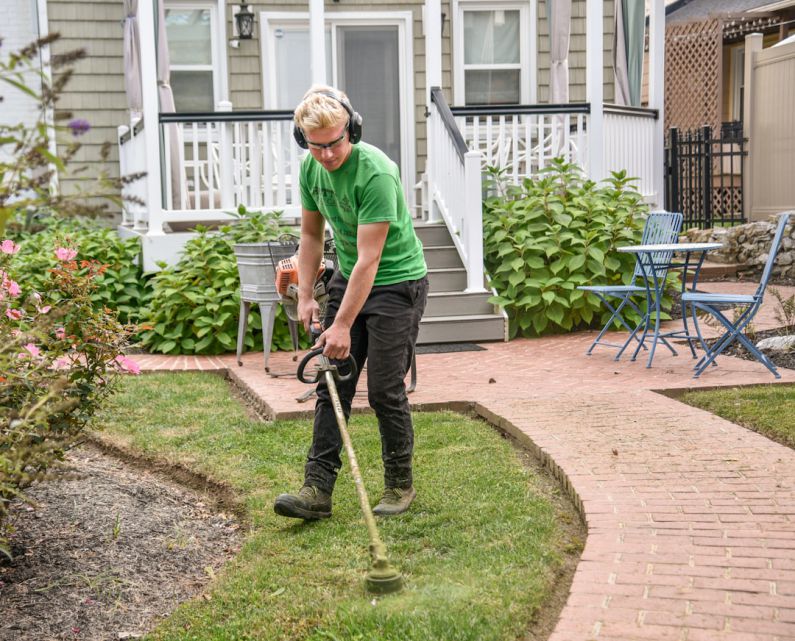
Sustainable landscaping is a growing trend in the world of gardening and outdoor design, as more people are becoming aware of the importance of preserving our environment. By adopting sustainable landscaping practices, homeowners can create beautiful outdoor spaces while reducing their carbon footprint and promoting biodiversity. In this article, we will explore some of the best practices for sustainable landscaping that you can implement in your own garden.
Choose Native Plants
One of the key principles of sustainable landscaping is to choose native plants for your garden. Native plants are those that naturally occur in your region and are well-adapted to the local climate and soil conditions. By planting native species, you can reduce the need for excessive watering, fertilizers, and pesticides, as these plants are already accustomed to the environment. Additionally, native plants provide food and habitat for local wildlife, promoting biodiversity in your garden.
Water Conservation
Water is a precious resource, and it is essential to practice water conservation in your landscaping efforts. To reduce water usage, consider installing a rainwater harvesting system to collect rainwater for irrigation purposes. You can also opt for drought-tolerant plants that require less water to thrive. Mulching your garden beds can help retain moisture in the soil and reduce the need for frequent watering. Additionally, using a drip irrigation system instead of overhead sprinklers can target water directly to the roots of plants, minimizing water waste.
Compost and Mulch
Composting is an excellent way to reduce waste and enrich your soil with valuable nutrients. By composting food scraps, yard waste, and other organic materials, you can create a nutrient-rich soil amendment that will benefit your plants. Incorporating compost into your garden beds can improve soil structure, increase water retention, and promote healthy plant growth. Mulching is another sustainable practice that can help suppress weeds, retain soil moisture, and regulate soil temperature. Organic mulches such as wood chips, straw, or shredded leaves can slowly decompose, adding nutrients to the soil over time.
Avoid Chemical Pesticides and Fertilizers
Chemical pesticides and fertilizers can have harmful effects on the environment, wildlife, and human health. Instead of relying on synthetic chemicals, opt for organic pest control methods and natural fertilizers. Introducing beneficial insects such as ladybugs or lacewings can help control pest populations without the need for toxic pesticides. Additionally, using compost and organic matter as fertilizers can provide essential nutrients to your plants in a sustainable way.
Create Wildlife Habitat
Sustainable landscaping is not just about creating a visually appealing garden but also about fostering a healthy ecosystem for wildlife. By incorporating native plants, water features, and nesting sites, you can attract birds, butterflies, bees, and other beneficial pollinators to your garden. Providing food sources and shelter for wildlife can help support local biodiversity and create a thriving ecosystem in your backyard.
Reduce Lawn Area
Traditional lawns require a significant amount of water, fertilizer, and maintenance to keep them looking green and lush. To reduce your environmental impact, consider minimizing the size of your lawn and replacing it with native plants, ground covers, or permeable hardscapes. By reducing the lawn area, you can decrease water consumption, lower maintenance costs, and create a more sustainable landscape design.
Embrace Permaculture Principles
Permaculture is a design approach that seeks to create harmonious and sustainable relationships between humans, nature, and the land. By incorporating permaculture principles into your landscaping, such as observation, diversity, and integration, you can create a self-sustaining and regenerative ecosystem in your garden. Designing with permaculture in mind can help maximize resource efficiency, minimize waste, and promote resilience in the face of environmental challenges.
Incorporate Renewable Energy
Incorporating renewable energy sources such as solar panels or wind turbines into your landscaping design can help reduce your reliance on traditional energy sources and lower your carbon footprint. Solar-powered outdoor lighting, water features, or garden structures can add a sustainable touch to your garden while reducing energy costs and environmental impact. By harnessing the power of renewable energy, you can create a more eco-friendly and sustainable outdoor space for you and your family to enjoy.
By implementing these best practices for sustainable landscaping, you can create a beautiful and environmentally friendly outdoor space that benefits both you and the planet. Whether you are starting a new garden or looking to make your existing landscape more sustainable, incorporating these principles can help you reduce your environmental impact and promote a healthier ecosystem in your backyard. Sustainable landscaping is not just a trend but a responsible and rewarding way to connect with nature and contribute to a greener future.





